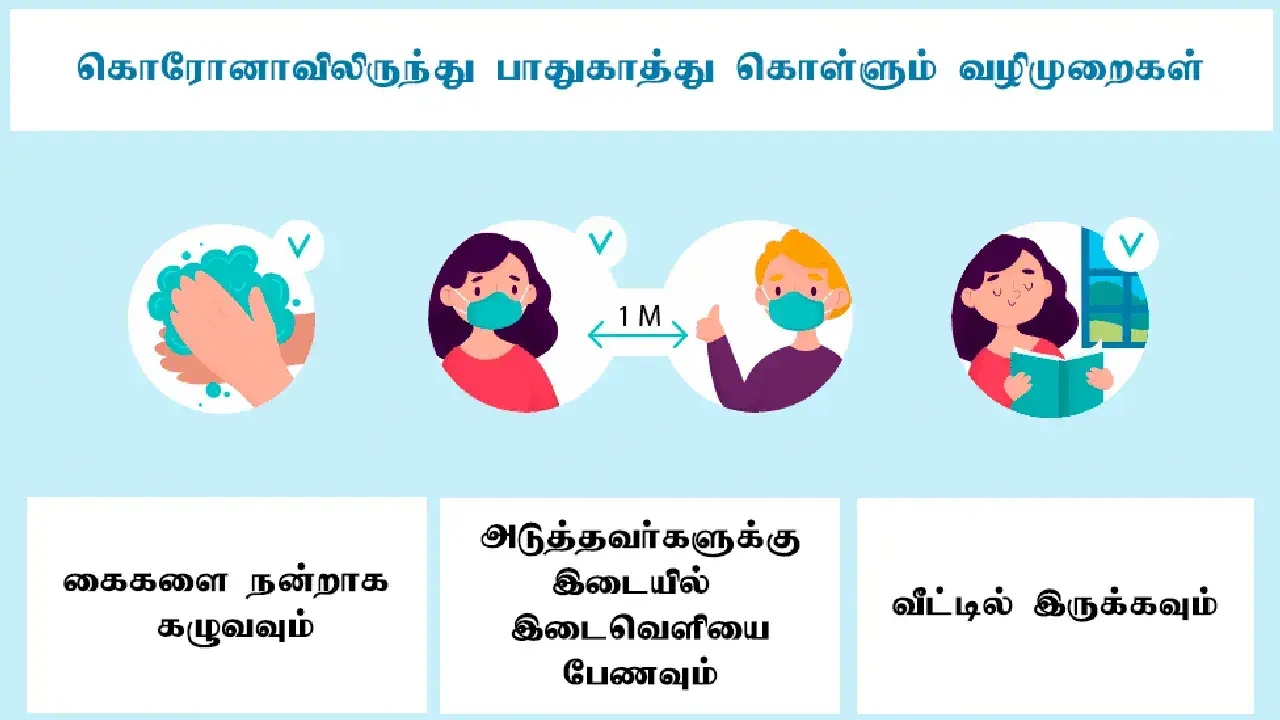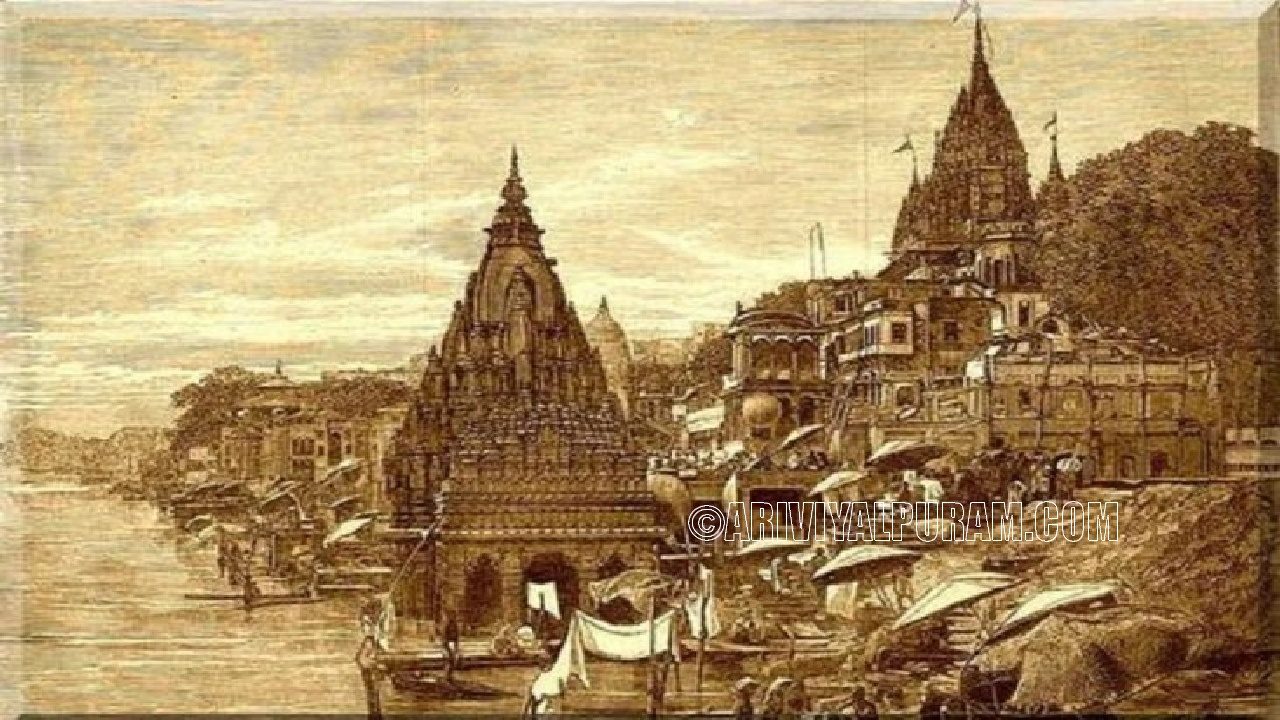
சோழர் காலத்தில் தமிழ்நாடு தான் உலகத்திலேயே மிகவும் (The richest country) பணக்கார நாடு. சுமார் 40,000 கோயில்களை சோழர்கள் தங்கள் ஆட்சிக் காலத்தில் கட்டினார்கள். அன்று உலகிலேயே உயர்ந்த கட்டிடம் தஞ்சை பெரிய கோவிலும், கங்கை கொண்ட சோழபுரமும்தான்.
அப்போது வட அமெரிக்கா, தென் அமெரிக்கா கிடையாது. இலண்டன் ஒரு சிறு மீன் பிடிக்கும் கிராமமாக 1066 -இல் நிறுவப்பட்டது. தஞ்சை பெரிய கோபுரம் முழுவதும் தங்கத்தால் போர்த்தப்பட்டது. இது பற்றிக் கல்வெட்டும் உள்ளது. இந்தத் தங்கப் போர்வை 1311 – ஆம் வருடம் மாலிக்கபூரின் படைகளால் கொள்ளையடிக்கப்பட்டு, 500 யானைகள் மேல் எடுத்துச் செல்லப்பட்டது.
இவ்வளவு கோவில்கள் கட்டுவதற்கு எங்கிருந்து பணம் வந்தது?
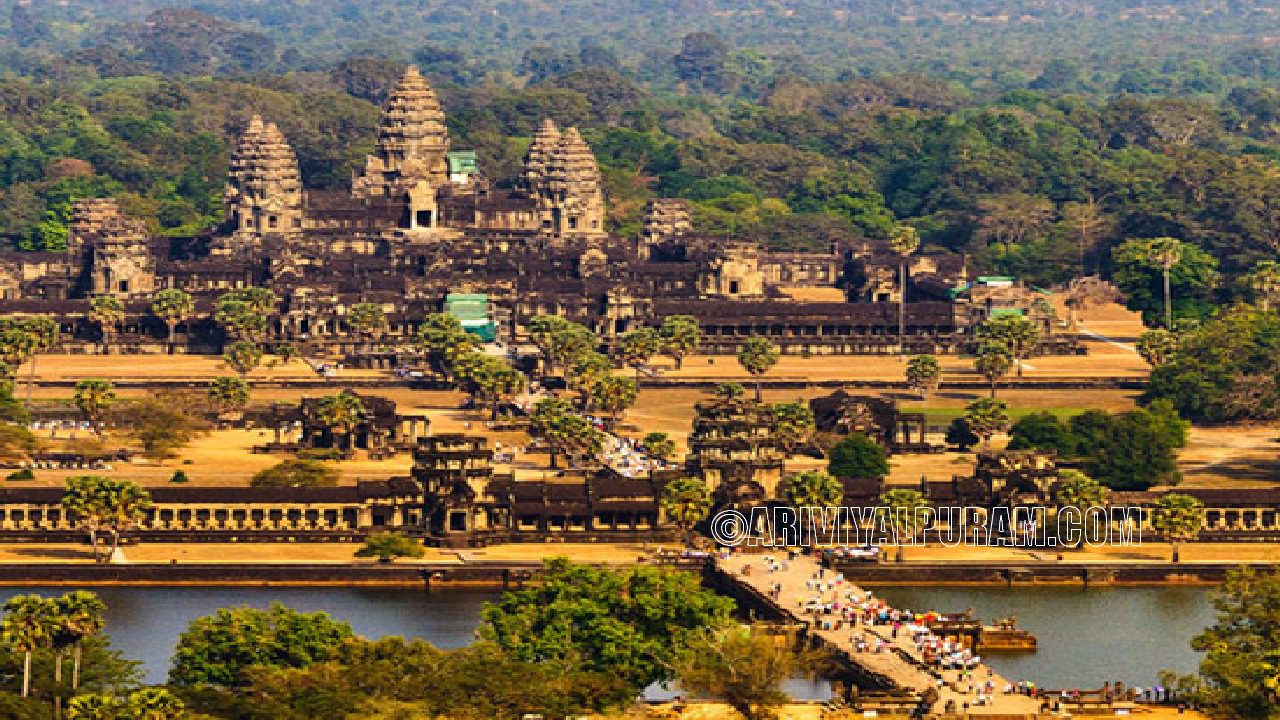
ஏன் கோவிலை கட்டினார்கள்? தமிழர்கள் ஏன் கோயில் கோயில் என்று அதைச் சுற்றியே வருகிறோம் ???
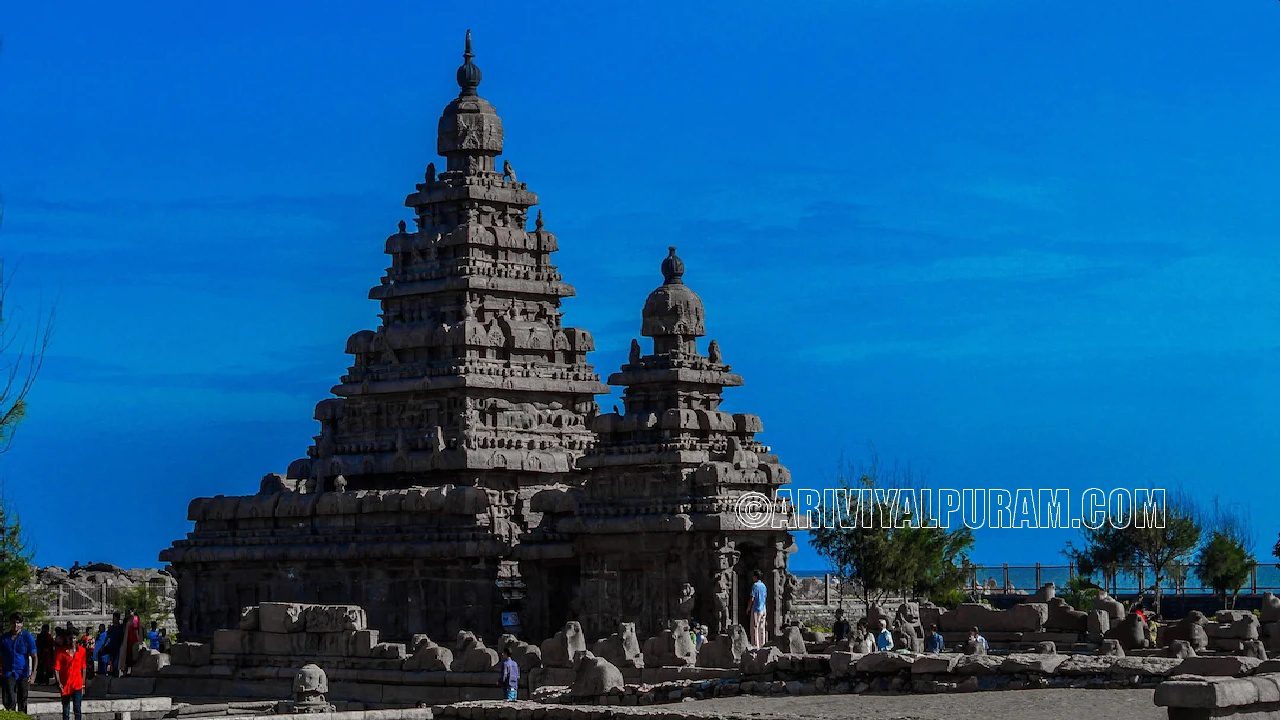
தமிழ் பெருநிலத்தை ஆண்ட தமிழ் அரசர்கள் அவரவர் ஆண்ட பொழுது ஏன் மருத்துவமனை கட்டவில்லை, கல்விச்சாலை அமைக்கவில்லை ஆனால் கோயில்களை கட்டினார்கள்.
கோயில்கள் எப்பொழுதெல்லாம் கட்டப்பட்டன ? மக்களுக்கு பிரித்து கொடுக்காமல், அரசன், அரசின் நிலங்களை, ஏன் கோயில்களுக்கு மானியமாக எழுதி வைத்தான் ? உலகின் உயர்வாக தமிழ் மண் ஆனது எப்படி ???
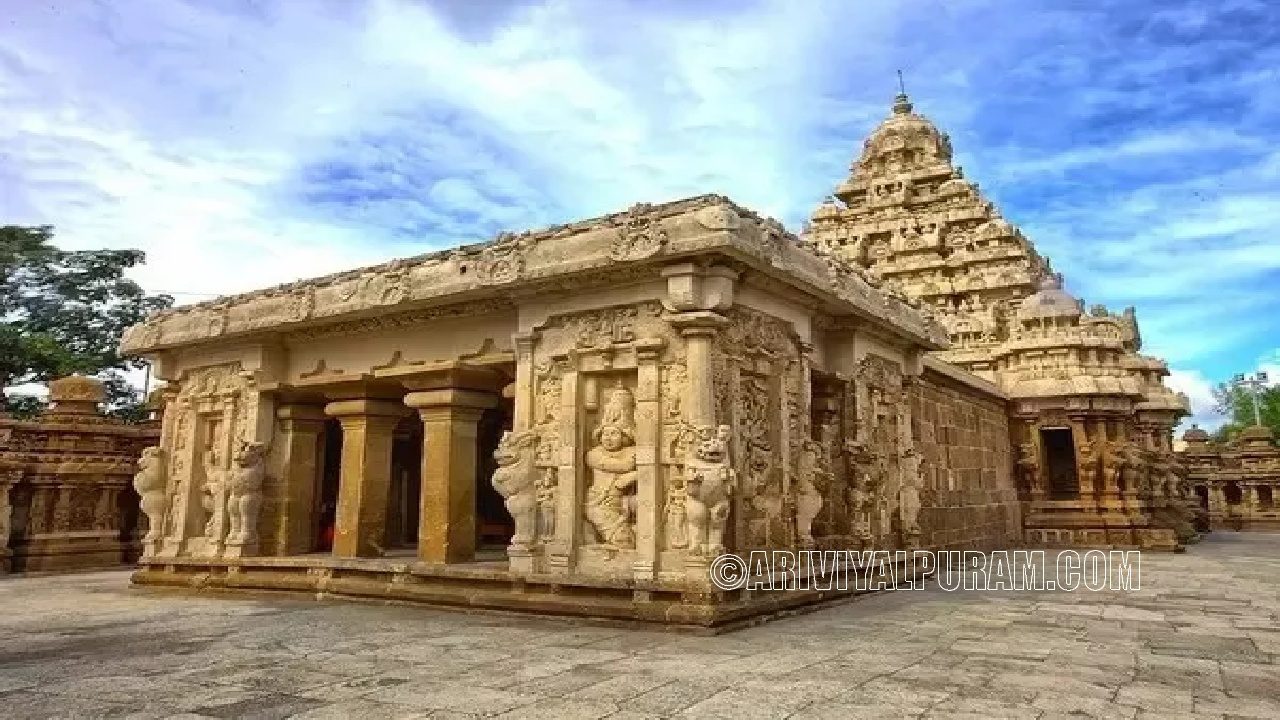
எந்த ஒரு அரசும் பட்ஜட் போடும் பொழுது வரி வசூல் என்ன, அதில் அரசு நடத்த அதிகாரிகளுக்கு ஆகும் செலவு, மக்கள் நல திட்டங்களுக்கு ஆகும் செலவு ன்னு வரவு செலவை வைத்து தன்னிறைவு திட்டத்தை அடையத்தான் பட்ஜட் போடுவார்கள். இதையேதான் தமிழ் சமயக் கோயில்கள் செய்தன. கோயில் இல்லா ஊரில் குடி இருக்க வேண்டாம் ன்னு அதைத்தான் சொல்லி வெச்சாங்க. மன்னன் கோயில் கட்ட ஆரம்பித்தவுடன், கட்டுமான பணிக்கு அந்த ஊரை சுற்றி உள்ள கட்டுமான கலைஞர்கள், சிற்ப கலைஞர்கள், கல் தச்சர்கள், கட்டுமான பொருட்களான செங்கல், சுண்ணாம்பு போன்றவற்றை உற்பத்தி செய்வோர், அதை ஓரிடத்தில் இருந்து கோயில் கட்டும் இடத்திற்கு கொண்டு செல்லும் போக்குவரத்து, வர்ணம் அடிக்க, ஓவிய கலைஞர்கள், இப்படி அனைவருக்கும் வேலை வாய்ப்பு, அதுவும் அரசரால் கொடுக்கப்படும், அரசு வேலை.
கோவிலுக்கு மானியமாக கொடுக்கப்படும் நிலங்கள், குத்தகை மூலமாக விவசாயிகளுக்கு விடப்பட்டு அதன் மூலம் விவசாய உற்பத்தி, அதற்கு ஒரு சமூகம், பாண்ட மாற்று முறையில், தன்னிறைவு பெற்ற பொருளாதாரம். கோவிலுக்கு கொடுக்கப்பட்ட பசுமாடுகள், அதை கவனித்தல், அதற்கு ஒரு சமூகம், இதனால் கோயிலுக்கும் அந்த கிராமத்தாருக்கும் பால் சார்ந்த பொருட்கள். நெய்வேத்தியம் சமைக்க சமையல் கலைஞர்கள். அதற்கு ஒரு சமூகம். சமையல் செய்ய பாத்திரங்கள் செய்ய மண்பானை செய்வோர் மற்றும் உலோக பாத்திரம் செய்வோர், அதற்கு ஒரு சமூகம். அவர்களுக்கு தொடர்ந்து வேலை. நந்தவனம் மூலம் தெய்வத்திற்கு பூ மாலை மற்றும் அலங்கார சேவை செய்ய நந்தவனம் காப்போருக்கு வேலை. அதற்கு ஒரு சமூகம். அவருக்கு தொடர்ந்து வேலை இருக்க, அதற்கேற்ப கோவில் உற்சவங்கள்.
மங்கள இசை இசைக்கும் கலைஞர்கள் ஓர் சமூகம். கூத்து கலைஞர்கள் என, அவர்களுக்கும் வருட மானியம் மற்றும் வேலை. மாலை வேளைகளில் ஆன்மீக கச்சேரி என்று மனதிற்கு இனிய பொழுது போக்கு நிகழ்ச்சிகள். தெய்வத்தின் வஸ்திரங்கள் நெய்ய ஒரு சமூகம். அந்த வஸ்திரங்களை துவைக்க ஓரு சமூகம், அவருக்கும் தொடர்ந்து கோவில் மானியம் மூலம் வேலை. கோயிலை சுத்தமாக வைத்துக்கொள்ள ஒரு தேவை, அதை செய்ய ஒரு சமூகம். அவருக்கும் கோயில் மூலம் மானியம், வருட வருமானம். இவை அனைத்தையும் நிர்வாகம் செய்ய, கணக்கு பார்க்க, ஒரு சமூகம். இவர்கள் அனைவரும் அவரவர் வேலையை பார்க்க, அதன் மூலம் வாழ்வாதாரம் பெறவும், கோயில் ஒரு மிகப்பெரிய தொழிற்சாலை. ஆன்மீகம் ஒட்டி வாழ்வாதாரம்.
பெரு வெள்ளம் வந்து ஊரே மூழ்கி போனாலும், கோயிலின் கோபுரத்தில், கலசம் மூலம், செறிந்த விஞ்ஞான அறிவுடன், அதனுள் 12 வருடம் வரை கெடாத அந்த கிராமத்தில் மண்ணுக்கேற்ப விளையும் விளை பொருட்களின் விதை பொருட்கள். 12 வருடத்திற்கு ஒரு முறை அதை மாற்றி அமைத்து, மராமத்து பணிகள் மேற்கொள்ள மேற் சொன்ன அனைவருக்கும் ஒரு கூட்டு வேலை வாய்ப்பு. இப்படி அவர் அவருக்கு தெரிந்த பணி, அதை சார்ந்த சமூகம், ஒன்றிணைந்து தன்னையும் காப்பாற்றிக்கொண்டு, தன்னிறைவு வாழ்க்கை என வாழ்வதற்கு கட்டமைக்கப்பட்டதே, நம் தமிழ் சமயக் கோயில்கள். ஊருக்கு ஒரு கோயில், அதை சுற்றிலும் அனைத்து சமூகம்,
அந்த அந்த ஊரை சுற்றி உள்ள இயற்கை வளங்கள் பாதுகாக்கபட்டு, மூலிகை மூலம் வைத்தியம், அதற்கென ஒரு சமூகம் என, ஊரை சுற்றியே, ஓர் தன்னிறைவு வாழ்க்கை. இப்படி அமைக்கப்பட்டது தான் தமிழர் பொருளாதார கட்டமைப்பு. மாத சம்பளம் பணமாக, பணத்திற்கு பொருள், அதன் விலை ஏற்ற இறக்கம், பண வீக்கம், இவை எதுவுமே சாராமல் ஓர் தன்னிறைவு வாழ்க்கை. இதை உடைக்கத்தான், கோயில்கள் தகர்க்கப்பட்டன. இதை தகர்க்கத்தான் கோயிலின் மேல் மாற்று மத படையெடுப்பு நடந்தது. கோயில்கள் இல்லாமல் போனால் வாழ்வாதாரம் கெடும் என அந்நிய சக்திகள் அறிந்திருந்தனர். தெய்வங்களுக்கு உயிரூட்டி, அந்த தெய்வங்கள் அங்கே வாழ்வதாகவும், அந்த கோயிலின் சொத்துக்கள், அந்த தெய்வங்களின் சொத்துக்கள் என்றும்,
எப்படி, உயிருள்ள ஒருவரின் சொத்தை அவர் சம்மதம் இல்லாமல் மற்றவர் அபகரித்து கொண்டாலும், அது அபகரித்தவரின் சொத்து ஆகாதோ, அதே போல, அனைத்து கோயிலின் சொத்துக்களும், அந்த கோயிலில் வாழும் அந்த தெய்வத்திற்கே சொந்தம் என்று காலம் காலமாக தமிழர் சமயம் வகுத்தது. இப்படி ஒரு கோயிலை வைத்து, ஆன்மீகம் மூலமாக ஒரு *தன்னிறைவு பொருளாதாரத்தை உலகிற்கு வாழ்ந்து காட்டியதாலேயே, தமிழ்நாடு தரணியில் உயர்ந்தது.
The richest country in the world ???

During the Chola period, Tamil Nadu was the richest country in the world. About 40,000 temples were built by the Cholas during their reign. The tallest building in the world on that day was the Tanjore Big Temple and Cholapuram with the Ganges.
Then there was North America, not South America. London was founded in 1066 as a small fishing village. The whole of the great tower of Tanjore was covered with gold. There is also an inscription about it. The gold blanket was looted by Malikpur forces in 1311 and taken away by more than 500 elephants.
Where did the money come from to build so many temples?

Everything is sea trade exports. There are no gold mines in Japan. But they get gold through export trade. Similarly, there is no gold mine in Chola country. Gold was obtained through the export of iron goods, textiles, handicrafts and grain. About 80 lakh acres of arable land in the world is located in the Cauvery Basin. Water was coming in the Cauvery for three-way cultivation everywhere. The Cholas used gold from trade, exports and agriculture to augment their power. Elephants were captured from the forests of Malaya and the forests of Mysore. The horses were bought with gold from Burma.
Why did they build the temple? Why do Tamils go around saying that it is a temple ???

Why didn’t the Tamil kings who ruled the Tamil mainland build hospitals and academies but temples when they ruled.
When were the temples built? Why did the king write off the state lands as a grant to the temples, without dividing them among the people? How did Tamil soil become the highest in the world ???

When any government budgets, it will budget what it collects, including government spending, public welfare programs, and self-sufficiency. This is what the Tamil religious temples did. Don’t live in a city without a temple. As soon as the king began to build the temple, construction workers, sculptors, carpenters, manufacturers of construction materials such as bricks, lime, etc., from the area around the town, transported it from one place to another, painted, painted, and so on. That too will be given by the king, the work of the government.
The lands subsidized to the temple are leased to the peasants for agricultural production, for which a community, in the panda alternative system, becomes a self-sufficient economy. The cows given to the temple, the care for it, a community for it, and thus the dairy products for the temple and the villagers. Chefs to cook Neyvediyam. A community for that. A community of potters and metalworkers for cooking utensils. Work for them regularly. Nandavanam works for Nandavanam guardians to do flower garland and decorative service to the deity through Nandavanam. A community for that. Let him continue to work, and the temple festivities accordingly.
Mangala is a community of musicians. As acrobatics, they also have an annual grant and work. Mind-blowing entertainment programs called spiritual concerts in the evenings. A community that weaves the garments of the deity. A community to wash those clothes, and he continued to work through the temple grant. A need to keep the temple clean, a community to do it. He also received a grant from the temple and an annual income. To manage all of this, to account, is a community. All of them see their work and make a living from it, the temple is a huge factory. Livelihood in line with spirituality.
Although the floodwaters came and engulfed Uray, in the tower of the temple, by the casket, with the rich scientific knowledge, the seed products of the soil-yielding produce of the village that had not been damaged for 12 years. A joint job opportunity for all of the above to replace it once every 12 years and carry out repair work. Thus the work he knew for himself, the community that depended on it, was built to preserve itself together and live a self-sufficient life, our Tamil religious temples. A temple to the town, all the community around it,
The natural resources around the town are protected and herbal remedies, as a community for it, around the town, a self-sufficient life. This is how the Tamil economic structure was set up. Monthly salary in cash, meaning of money, its price fluctuations, inflation, a self-sufficient life regardless of any of these. To break this, the temples were demolished. To destroy this, an alternative religious invasion took place on top of the temple. Foreign powers knew that without temples the livelihood would be ruined. Animate the gods, that the gods live there, and that the property of the temple, the property of the gods,
How, since time immemorial, the Tamil religion has made it clear that even if the property of a living person is confiscated by another without his consent, it is the property of the usurper, as well as all the property of the temple belongs to the deity living in the temple. Tamil Nadu rose to prominence by having a temple like this and living a * self-sufficient economy to the world through spirituality.



